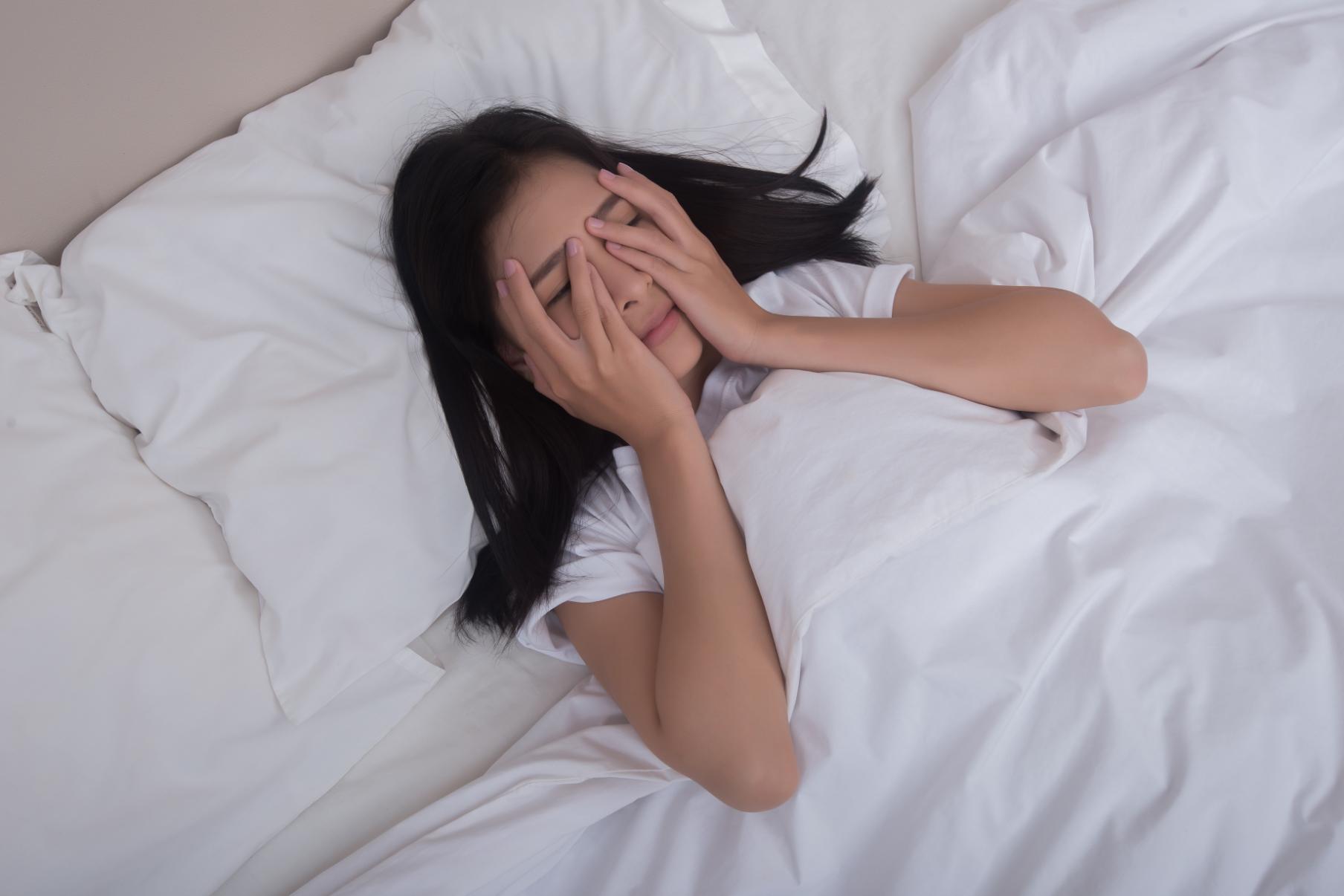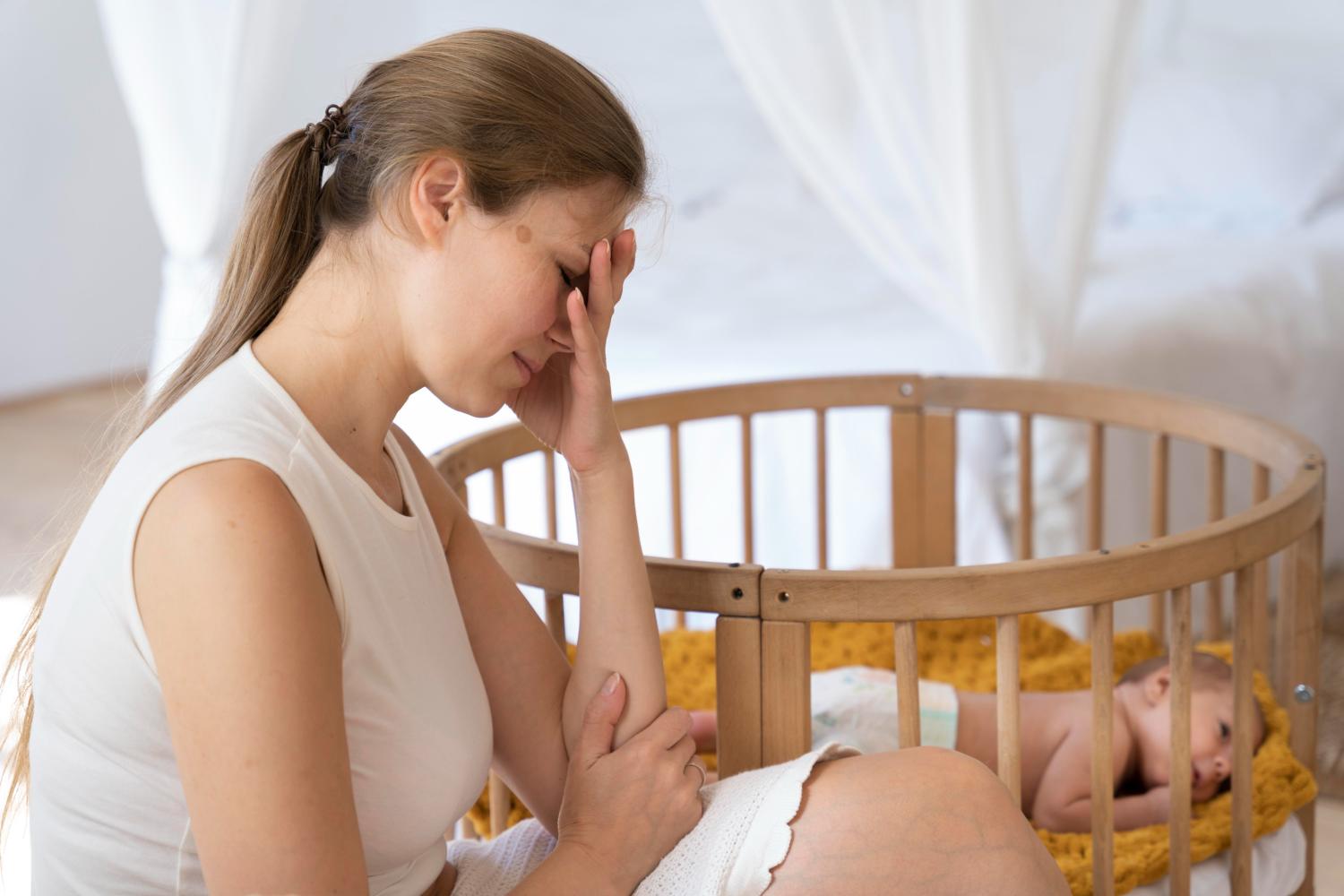
Menopause is a biological process through which a woman ceases to be fertile or menstruate. It is a normal part of life and is not at all a disease or condition.
Symptoms related to menopause may occur years before a woman’s final period. Some may be experiencing symptoms for months or years afterward. It can be said that the average age of menopause is early 50s. Despite being a natural process that occurs in every woman, menopause can cause drastic changes and sets off severe symptoms.
Some facts on menopause
• Menopause means end of a woman’s fertility
• Symptoms of menopause are night sweats, hot flushes, mood fluctuations and cognitive changes
• Lowering levels of estrogen can lead to the symptoms of menopause
• There are a host of medical treatments and remedies that can help deal with symptoms, including hormone replacement therapy (HRT) and self-management techniques
Signs and symptoms
While menopause is not a disease condition or disorder, during this period a woman’s body undergoes profound changes. A woman is considered to have menopause when she has not had a menstrual period for over a year, however signs and symptoms of menopause set in before that end of the one-year period.
Irregular periods
A change in the regular menstrual pattern is the fist noticeable sign of menopause. Some women may experience period every two to three weeks, whereas others may not menstruate for months at a time.
Lower fertility
Three to five year period before menopause is referred to as perimenopause. During this phase, a woman’s estrogen level reduces significantly. This in turn will reduce her chances of being fertile or becoming pregnant.
Vaginal dryness
During perimenopausal period a woman may experience dryness, itching and discomfort of the vagina. As a result, some women may experience dyspareunia or pain during sex. This happens due to lowering levels of estrogen. These levels can also lead to vaginal atrophy.
Vaginal atrophy is an inflammation of the vagina that occurs as a result of thinning and shrinking of the tissues as well as decreased lubrication.
Hot flushes
A sudden sensation of heat in the upper body is called a hot flush. It may start in the face, neck or chest and progress upward or downward. The skin may turn red and patchy and a woman will start sweating. Heart rate may also go up suddenly and it can be irregular as well. Hot flushes usually occur during the first year after a woman’s final menstruation.
Night sweats
Experiencing hot flushes during sleeping are called night sweats. Women are unlikely to experience hot flushes that last more than a few minutes. Nonetheless, medical studies have shown that moderate-to-severe night sweats and hot flushes may pose a problem for women.
Disturbed sleep
As they progress into menopause falling asleep and staying asleep may be difficult for women. This coupled with experiencing night sweats may take away a good night’s sleep. Insomnia and anxiety can also lead to sleep disturbance.
Urinary problems
Menopause can even affect a woman’s urinary cycle, making them more vulnerable to urinary tract infections. Urge to visit toilet also increases with menopause.
Emotional changes
Depression and mood swings are other symptoms of menopause. In many cases, these emotional symptoms co-exist with sleep disturbance.
Problems focusing and learning
Menopause can impair one’s concentration as well. Some women may also experience short-term memory problems and inability to focus for long periods.
Other effects of menopause
• a buildup of fat in the abdomen, sometimes leading to overweight and obesity
• hair loss and thinning hair
• breast shrinkage
Without treatments, symptoms are likely to abate within two to five years. However, symptoms can last for longer. In some cases, vaginal dryness, itching and discomfort can be severe and eventually get worse without medical treatment.
Complications of menopause
Menopause can cause a lot of complications including:
Cardiovascular disease: The drop in estrogen level can lead to an increased risk of cardiovascular diseases.
Osteoporosis: A woman may suffer from decreased bone density during the first few years after menopause, which in turn may lead to osteoporosis.
Urinary incontinence: Due to menopause, tissues of the vagina and urethra may lose their elasticity. This can lead to infrequent, sudden and overwhelming urges to urinate. These urges can trigger involuntary loss of urine. Women may involuntarily urinate after coughing, sneezing, laughing, or lifting during menopause.
Breast cancer: The risk of breast cancer increases following menopause. This risk can be brought down by doing regular exercise.
Seeking treatment
In order maintain comfort during menopause women can seek medical treatment. Women tend not to take treatment during this time and that is perfectly alright as long as the symptoms are manageable. If the quality of life starts deteriorating, women should visit a doctor. Type of therapy is chosen based on their menopausal symptoms, medical history and personal preferences.
Hormone replacement therapy
Supplementing the estrogen and progestin is a good way to keep the symptoms of menopause at bay. Hormone replacement therapy or HRT can be received through a simple patch on the skin. This patch releases estrogen and progestin. Many of the symptoms that occur during the time to menopause can be controlled with hormone replacement therapy.





